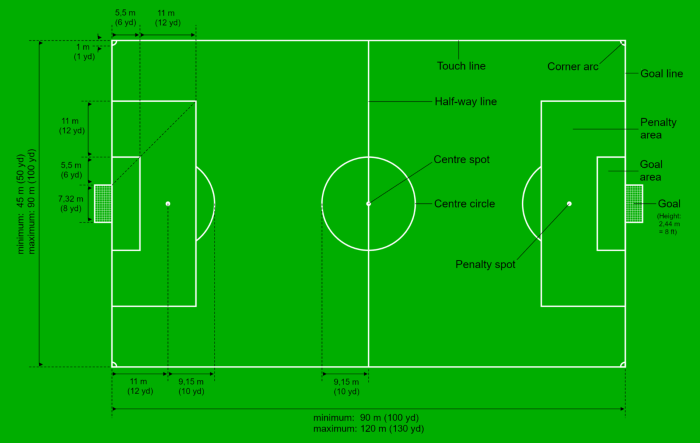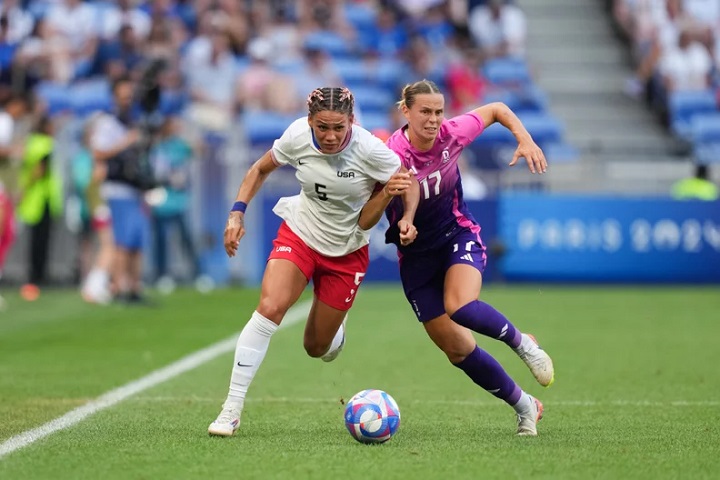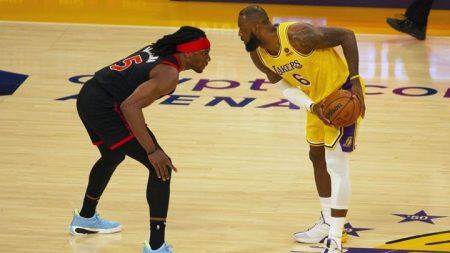The answer might seem straightforward, but the length of a soccer match can vary depending on factors like age group, level of play, and stoppages. In this guide, we’ll dive into the standard duration of a soccer match, including the factors that can extend or shorten it, and even how professional and amateur levels differ.
Standard Length of a Soccer Game

The Official Duration: 90 Minutes
At the highest level, a soccer match typically lasts 90 minutes, split into two halves of 45 minutes each. This is the standard for professional soccer leagues like the English Premier League (EPL), La Liga, Serie A, and international tournaments such as the FIFA World Cup.
The Halftime Break
Between the two 45-minute halves, there is a halftime break that lasts 15 minutes. During this interval, teams retreat to their dressing rooms, where coaches provide tactical instructions, and players rest and hydrate.
This halftime period is also a moment for broadcasters to air commercials, interview pundits, and provide game analysis to viewers. So, when calculating the total time a soccer match takes, it’s not just 90 minutes but 90 minutes + 15 minutes, totaling at least 105 minutes.
Injury Time or Added Time
Soccer is unique in that it allows for stoppage time, also known as injury time or added time. This time is added by the referee at the end of each half to compensate for stoppages due to injuries, substitutions, time-wasting, or other delays.
In most cases, stoppage time can range from 1 to 5 minutes per half, but this varies depending on the game situation. This means that while a soccer match is scheduled for 90 minutes, it often ends up lasting anywhere between 92 to 100 minutes due to stoppage time.
Factors Affecting the Length of a Soccer Game
While the standard is 90 minutes of playing time, several factors can affect how long a soccer game lasts:
Injury and Medical Breaks
One of the primary reasons for added time is injuries. If a player is seriously injured during the game, the match may be paused for several minutes. The referee adds this time to the end of the half to ensure that the full playing time is accounted for.
Substitutions
Each team is allowed to make three to five substitutions (depending on the competition). While substitutions usually take less than a minute, the process can still slow down the game, especially if players deliberately walk off the field slowly when being substituted.
Referees may add a few seconds for each substitution to the stoppage time.
VAR (Video Assistant Referee)
In recent years, technology has made its way into soccer in the form of VAR. This system allows referees to review crucial decisions using video replays, including goals, penalties, red cards, and offsides.
While VAR has improved the accuracy of decisions, it can also lead to lengthy delays as officials review footage from different angles. This has added extra minutes to many matches, especially in major competitions like the World Cup.
Time-Wasting Tactics
Teams often engage in time-wasting tactics when they are trying to protect a lead. This includes goalkeepers taking longer to kick the ball, players faking injuries, or defenders slowly retrieving the ball for a throw-in. While the referee can book players for time-wasting, they usually just add time at the end of the half.
In close or high-stakes matches, this tactic can significantly extend the duration of the game.
Overtime and Extra Time in Soccer
In most regular-season soccer matches, if the game ends in a draw after 90 minutes (plus stoppage time), it simply ends as a tie. However, in knockout competitions, like the World Cup or the Champions League, there must be a winner. If the score is tied at the end of regulation time, the match goes into extra time.
How Long is Extra Time?
Extra time in soccer consists of two 15-minute halves, meaning an additional 30 minutes of play. Between the two halves of extra time, there is a short break, but it’s much briefer than the halftime break, usually lasting around 5 minutes.
Golden Goal and Silver Goal
In the past, some soccer tournaments experimented with the golden goal rule, where the game would end as soon as one team scored during extra time. However, this rule is no longer in use. Similarly, the silver goal rule, where a match would end at the halfway point of extra time if one team was ahead, has also been abandoned.
Today, the entire 30 minutes of extra time is played, regardless of whether a team scores.
Penalty Shootouts
If extra time still does not produce a winner, the game goes to a penalty shootout. In this scenario, each team takes turns shooting from the penalty spot, with five shots per team in the initial round. If the score remains tied after these five shots, the shootout continues into sudden death.
While the penalty shootout itself doesn’t take long (usually about 10-15 minutes), it adds to the overall length of the game.
In some cases, the match can stretch up to 2 hours or more when extra time and penalty shootouts are involved.
Youth and Amateur Soccer Game Lengths

The 90-minute format applies primarily to professional and adult-level soccer, but when it comes to youth and amateur leagues, the duration of a match varies significantly.
Youth Soccer
The length of youth soccer games is generally shorter, as it corresponds to the age and physical capabilities of the players. Here is a breakdown:
- Under 6 (U6): 20 minutes total (two 10-minute halves)
- Under 8 (U8): 40 minutes total (two 20-minute halves)
- Under 10 (U10): 50 minutes total (two 25-minute halves)
- Under 12 (U12): 60 minutes total (two 30-minute halves)
- Under 14 (U14): 70 minutes total (two 35-minute halves)
- Under 16 (U16): 80 minutes total (two 40-minute halves)
- Under 19 (U19): 90 minutes total (two 45-minute halves)
High School Soccer
In the United States, high school soccer games typically last 80 minutes, with two 40-minute halves and a 10-minute halftime break. Stoppage time is rare in these matches, and if the game ends in a draw, it may either end in a tie or go into extra time, depending on the competition rules.
Amateur Soccer Leagues
Amateur soccer leagues may follow different rules depending on the country and competition. Some leagues mirror professional game length, while others might adopt slightly shorter formats. However, most amateur matches still feature two halves of either 40 or 45 minutes.
Indoor Soccer and Other Variations
While the 90-minute format is the most common for outdoor soccer, the game length differs in other soccer variations, such as indoor soccer or futsal.
Indoor Soccer
In indoor soccer, the field is smaller, the number of players is fewer, and the games are shorter. Most indoor soccer matches consist of two 25-minute halves, with a brief halftime period. This leads to a total match time of about 60 minutes.
Futsal
Futsal, a popular indoor variant of soccer, features two 20-minute halves with a running clock. However, the clock stops during major stoppages like fouls or injuries. A futsal match, therefore, typically lasts around 40-50 minutes.
Understanding Stoppage and Delays
While the core duration of a soccer match is easy to grasp, it’s the potential stoppages and delays that can confuse new viewers. Here’s a quick look at what happens during certain stoppages:
- Injury Delays: When a player is injured, play may stop for a few minutes. In major injuries, the clock continues to run, but the referee adds the lost time at the end.
- Red Cards: When a player is sent off, it can cause delays, as the referee may need to discuss the decision with assistants or check VAR. Time lost here is also added to stoppage time.
- Celebrations: Sometimes goal celebrations take longer than usual, especially in crucial matches. Referees keep track of this and compensate for it later in the game.
How Long Does a Soccer Game Last?
While the official length of a soccer game is 90 minutes, in reality, matches often last longer due to stoppage time, injuries, substitutions, and tactical delays. Including halftime, the total time you’ll spend watching a professional soccer match is usually around 105 to 120 minutes.
In knockout competitions, extra time and penalty shootouts can extend the length of the game, sometimes stretching it to over 2 hours.
For youth, amateur, and indoor soccer, the match duration varies but is generally shorter to accommodate the players’ skill level and physical capabilities. Whether it’s a short 50-minute youth game or a thrilling two-hour World Cup final, soccer’s dynamic nature ensures that the time spent watching the sport is always exciting.







